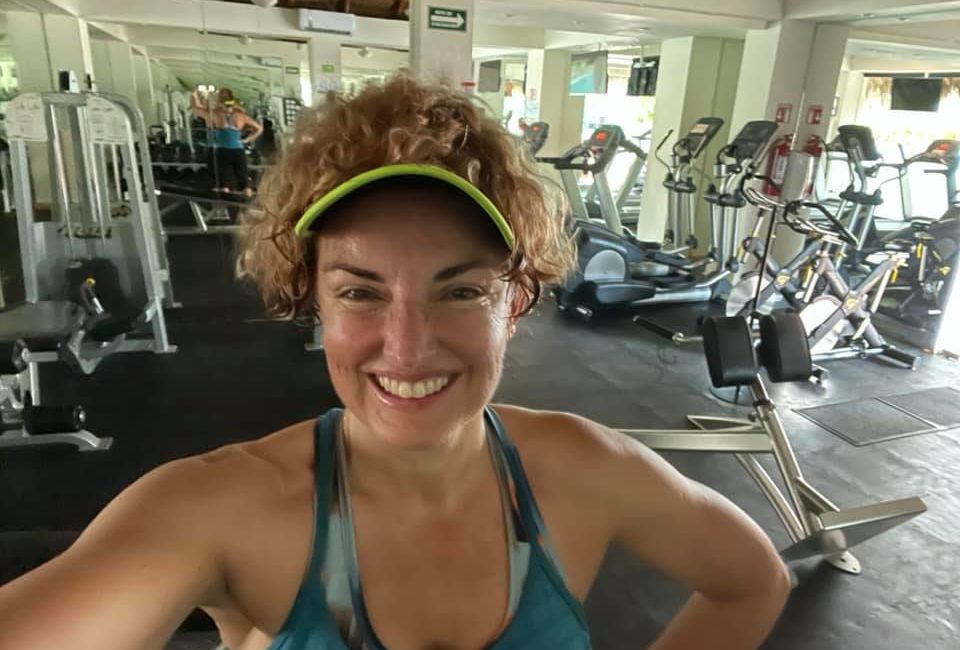What’s the Bare Minimum to Maintain Fitness?

It is true that if “you don’t use it, you lose it”. Fitness is transient. The unfortunate reality is that the training benefits gained from an exercise program will be lost if the program is discontinued. Exercise must be a regular component of one’s lifestyle to reap the benefits. There is no finish line. Fitness must be a forever initiative.

However, there are times in our lives when work, travel, family, or say a global pandemic may hinder our ability to adhere to our fitness plan. Consider an accountant during tax season when there doesn’t seem to be enough hours in a day to complete work tasks which can result in workouts taking a back seat.
In situations when you can’t commit to your regular workout regime, it’s helpful to know what the bare minimum is that you should complete to assure you maintain your fitness. Understanding what a maintenance program would involve is very helpful to maintaining your overall health.
The general theme of a maintenance program is that intensity (how hard you exercise) is the most important factor. So you can reduce frequency (number of workouts per week) and duration (length of workouts) during a maintenance program and sustain overall fitness as long as you maintain intensity.
Cardio:
A recent review in the Journal of Strength and Conditioning Research analyzed the minimum dose literature. One study had athletes involved in 40 minutes of high intensity activity (90-100% max heart rate) 6 days per week for 10 weeks. They then reduced frequency (to 2 or 4 days per week), duration (13 or 26 minutes of exercise) or intensity (61-67% or 82-87%) for 15 weeks. This study showed that their overall fitness (measured by max Vo2) could be sustained for 15 weeks even if duration and frequency was reduced, but as long as intensity was maintained. The message is that during a challenging time period, we can get away with not working out as much or as long, but we can’t get away with going easy in terms of maintaining overall fitness.
Tapering studies also show that athletes can reduce their training frequency by approximately 20% and their training volume by 60-90% and maintain their MVO2 and overall fitness, as long as they keep their intensity high. Many athletes will use this tapering approach as they near an important race or performance.
Muscular Strength:
In terms of maintaining muscular strength and muscle mass, studies show that again intensity is the key factor. You can reduce training frequency to 1-2 days per week and training volume to just 1-2 sets per exercise as long as you are training to muscular fatigue. One study found that a maintenance weight training program allows you to maintain your strength for up to 12 weeks if you just get in one hard resistance workout every 7-14 days.
If you’ve been training for years, there are also some training adaptations such as changes to your biochemistry, energy systems, size of your heart, increases in blood vessels and capillaries that will take longer to fade away. In contrast, there are other areas such as body composition and weight management that may start to deteriorate more quickly with reductions in overall training volume.
It’s important to note that a maintenance program is used to maintain current fitness levels not to improve or experience gains. Don’t use the technique regularly – only during those times where you might find yourself completely neglecting your workouts because of a busy schedule, travel or holiday. We suggest to our clients that during a busy time period, at the very least, get in one short (20 minute), high intensity strength and one 20 minute, interval cardio workout once per week so they don’t slip backwards and can preserve all the results they have worked so hard to achieve.
Yours in health & fitness,
Sherri McMillan
